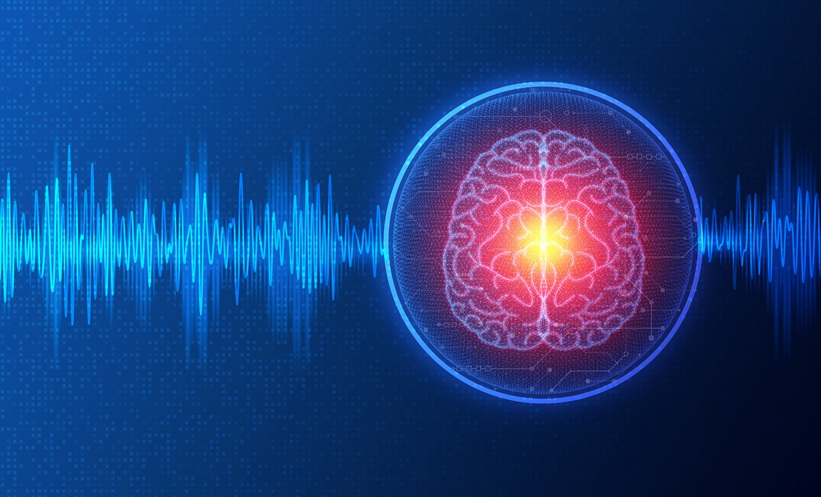A GROUNDBREAKING study demonstrates that cross-frequency transcranial alternative brain stimulation (cf-tACS) can enhance visual recovery in stroke patients by boosting perceptual training and restoring motion processing.
Innovative Approach to Stroke Vision Loss
Visual field loss affects roughly one-third of chronic stroke survivors, significantly impairing daily tasks such as reading, driving, or navigating. Conventional rehabilitation is often slow and labour-intensive, though early, targeted interventions can improve outcomes. Researchers have now developed a novel, non-invasive, physiology-inspired cross-frequency brain stimulation protocol designed to accelerate recovery by modulating communication between the primary visual cortex and the motion-sensitive medio-temporal area. By leveraging the brain’s natural oscillatory activity, this pathway-specific stimulation aims to amplify visual processing and optimise rehabilitation outcomes.
Trial Design Harnesses cf-tACS Technology
In a double-blind, randomised, cross-over trial, 16 stroke patients completed two blocks of 10 daily direction discrimination training sessions. Participants received either the novel cf-tACS or a control stimulation. This pathway-specific approach utilised phase–amplitude coupling of oscillatory signals to enhance feedforward inputs to motion-processing regions, aligning with residual structural connectivity. The integration of advanced neurophysiological mapping with behavioural training represents a first-of-its-kind methodology, combining computational neuroscience with hands-on rehabilitation for measurable improvements in visual perception.
Cross Frequency Brain Stimulation Boosts Visual Recovery
Patients receiving cf-tACS showed significant improvements in motion discrimination and localised enlargement of visual field borders, effectively shifting isopters. Behavioural gains correlated with residual fibres along motion-processing pathways and activity in the perilesional primary visual cortex. These results confirm that targeted oscillatory stimulation can amplify the effects of perceptual training, restore visual motion processing, and reduce the severity of visual impairments. The study represents a technological leap in stroke rehabilitation, demonstrating that physiology-inspired neurostimulation can translate into tangible functional recovery.
Conclusion
Cross-frequency brain stimulation represents a transformative approach for post-stroke visual rehabilitation, combining neuroscience and technology to restore function. Future studies will explore broader applications and long-term recovery outcomes.
Reference
Raffin E et al. Boosting hemianopia recovery: the power of interareal cross-frequency brain stimulation. Brain. 2025; DOI:10.1093/brain/awaf252.








